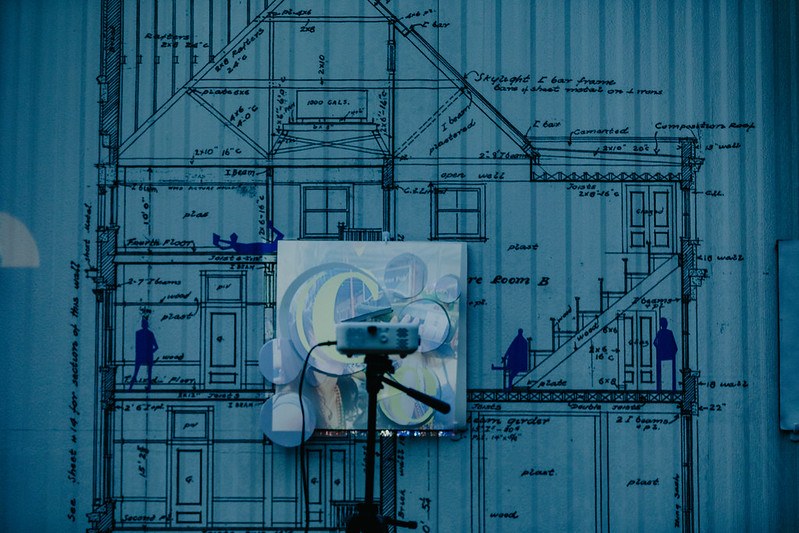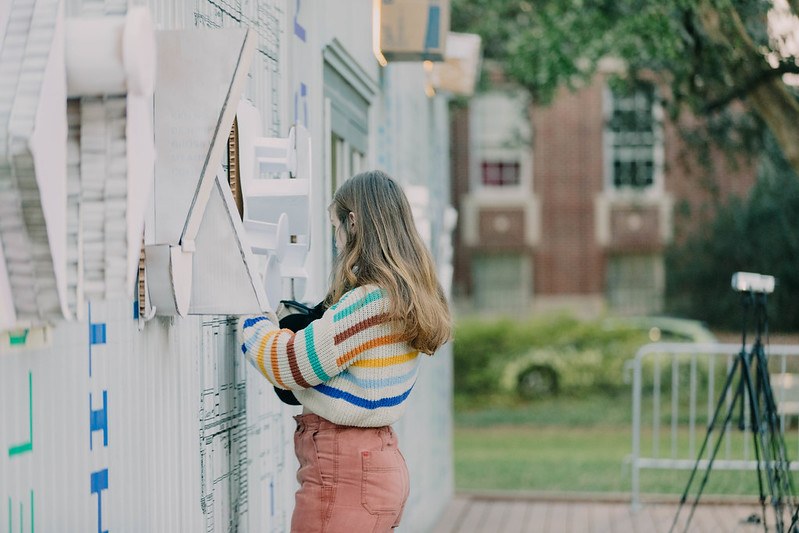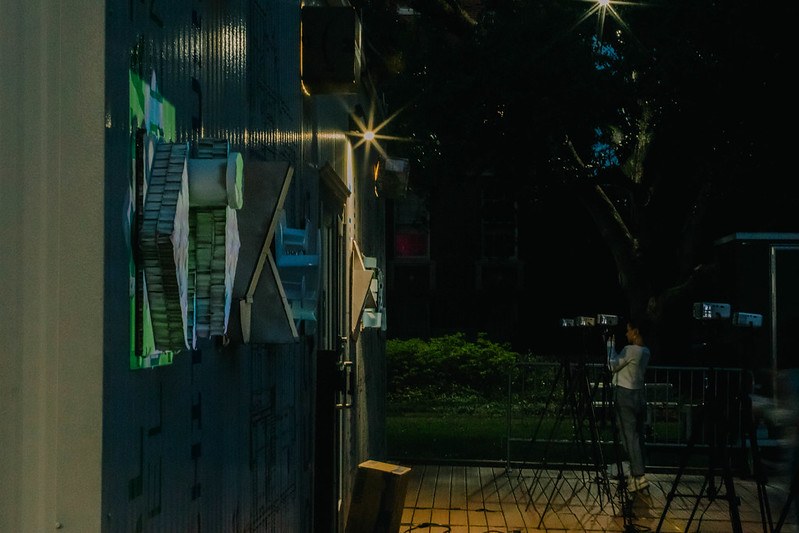Fourth Year Core Studio for Design
Environmental Graphic Design

Environmental Graphic Design (EGD) operates at the intersection of Communications and the built environment. While it is a field that involves conventional graphic design considerations including typography, color, heirarchy, legibility, readability, illustration, photography, etc., it adds factors of physical dimensionality, materiality, and context with surroundings—at scales ranging from discret objects to individual rooms to whole buildings and even entire cities. Pushing beyond the physical proportions of a book or handheld device, environmental graphics function in both more immersive and context-aware ways.
EGD combines design, communication, and environmental psychology to create visually engaging and functional spaces. Participants will explore the principles, processes, and techniques of EGD and develop a solid foundation to apply design strategies in various contexts. Through a combination of theoretical knowledge and hands-on exercises, students will gain the necessary skills to create effective environmental graphics.
Environmental Graphic Design can involve and intersect with brand design, architectural design, interior design, landscape design, industrial design, and digital design as well as photography, illustration, and— importantly—writing. It can be utilized to create exhibits, systems for wayfinding, retail spaces, and branded or themed environments. It is found in transportation centers, schools, hospitals, museums, shopping centers, office buildings, and on any street.
This course aims to provide a comprehensive introduction to Environmental Graphic Design (EGD) for individuals without a background in architecture. We will observe existing examples of environmental graphic design—virtually, as well as on field trips. We will also create two-dimensional presentations depicting our own three-dimensional design solutions as well as create actual three-dimensional solutions for communicating in the built environment—orienting, educating, persuading, and delighting.
Building on concepts from Visual Communication for Advocacy—a prerequisite for this course—we will definitely be discussing perception and how our brains work to quickly make sense of the world around us.
STUDENT WORK


